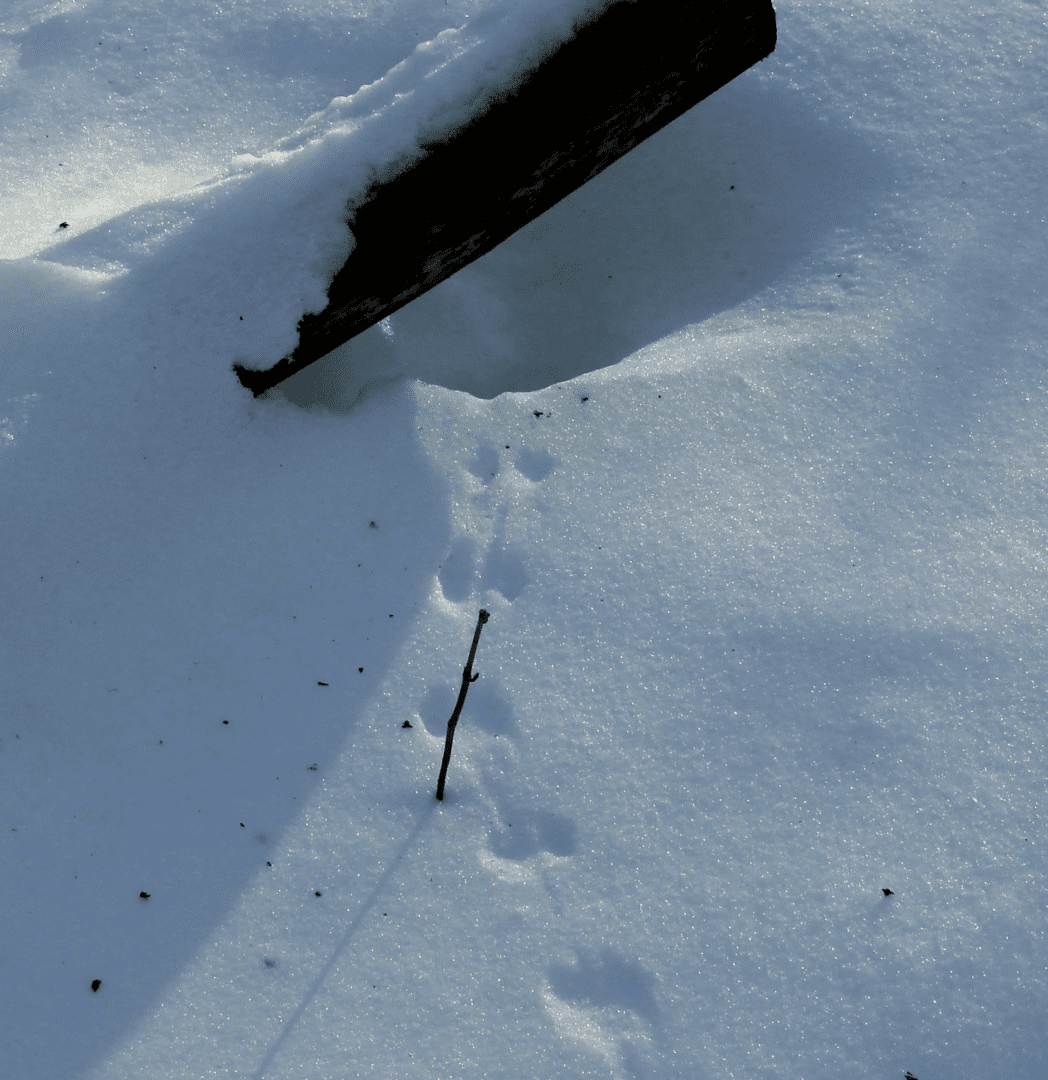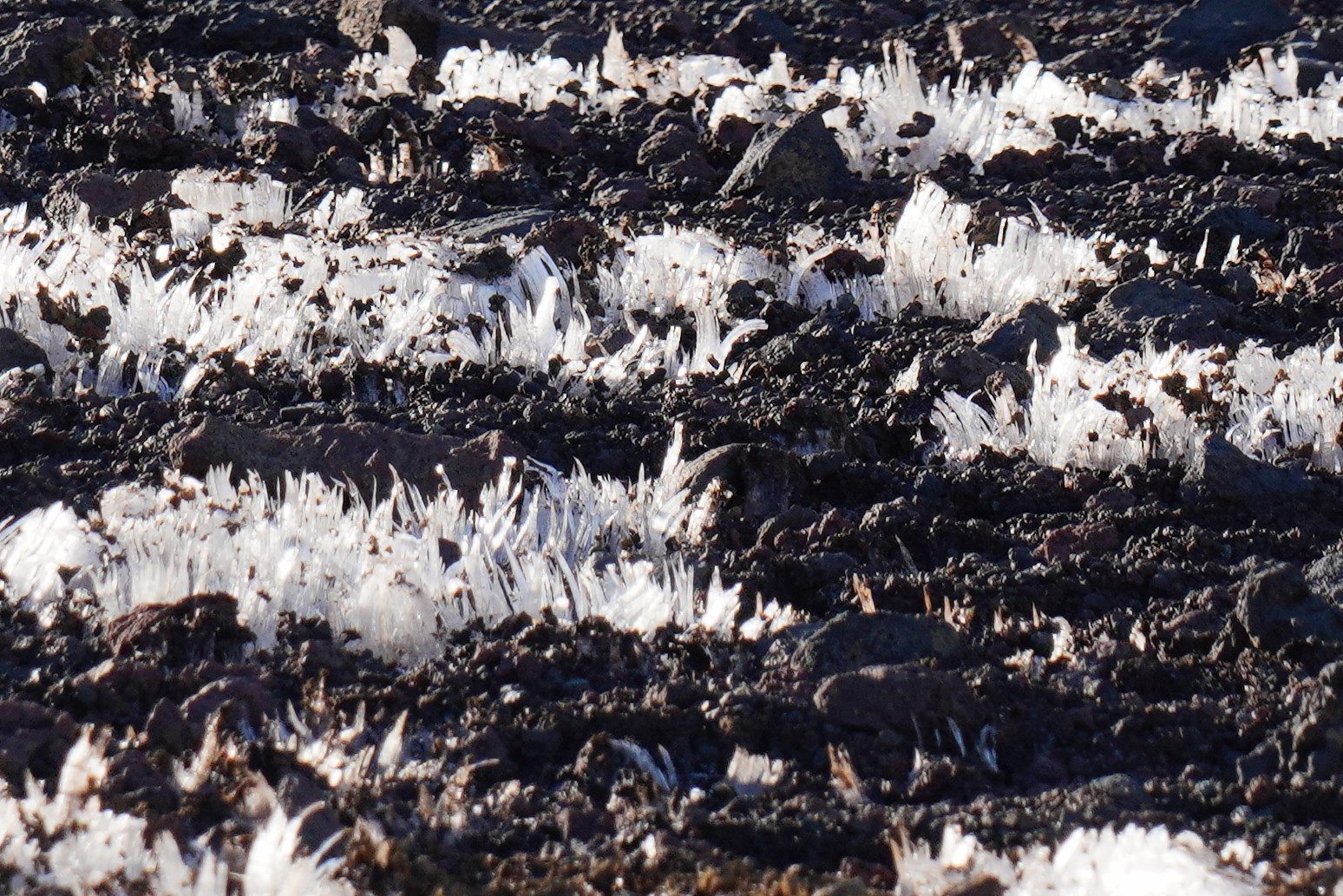
When we think of nature in the winter, we often think of bare trees and quiet forests, but there is so much more happening during the colder months than we think. While some animals that hibernate have entered their dormant period for the winter, others are still out and about.
Wildlife sightings may decrease in the winter, animal tracks of deer, mice, squirrels, raccoons, various bird species, and more can be seen throughout the winter.
A blanket of snow on the ground is especially helpful for sleuthing out animal activity in the winter. We can observe where the tracks came from, such as from a tree, or how fast the animal was going by looking at the track pattern. Two common tracks you may see are squirrel and mouse tracks. Squirrels and mice both have four toes on their front feet and five toes on their hind feet.

Many bird species are also present in the winter. Chickadees, blue jays, sparrows, woodpeckers, and more, readily sing their songs or perform their calls to communicate with one another. The common chick-a-dee-dee-dee call of the chickadee can be heard throughout the winter, alerting fellow birds of a predator or a newly discovered food source.
Wildlife activity is only one aspect of winter in the Fells. Along with the snow and cold temperatures that winter typically brings, unique ice formations can be seen on the trails. One such ice formation is called needle ice. Needle ice is formed when the air temperature is colder than the soil temperature and water in the ground is drawn to the surface and freezes, creating ice columns above ground.
If you hit the trails this season, be on the lookout for these exciting winter sightings, and let us know what else you find at friends@fells.org!